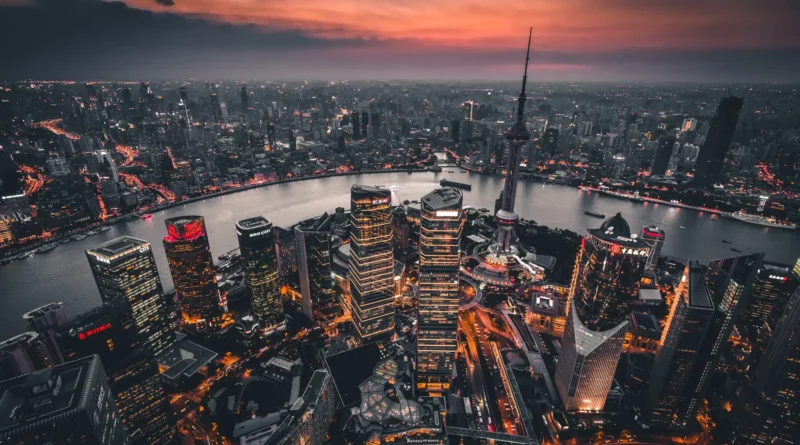Global economy in a nutshell, 5 things you absolutely need to know
Another week has passed and with it important events and macro data have marked the global economic and financial trend.
From the ECB to the Tokyo Stock Exchange, up to China and the US results on employment, the market protagonists have left crucial signs to understand where the world economy is heading in such a complex and changing context as the current one.
In 5 points, here's what you absolutely need to know to orient yourself in economics and finance.
1.
The ECB focuses on June The European Central Bank once again left interest rates unchanged, specifying at its meeting on 7 March that the 2% inflation objective will be achieved by guaranteeing a sufficiently restrictive level of monetary policy until necessary time.
No precise mention of the next and expected rate cut, but with a relevant indication: the data for April and, above all, June will be crucial for making decisions on rates.
Lagarde herself said this at the conference, thus increasing expectations about the decrease in the cost of money in the summer.
read also USA vs Europe, the 2 economies compared 2.
The Eurozone grows little The ECB's latest quarterly outlook sets inflation at 2.3% this year – down compared to 2.7% in December – and revises the forecast for 2025 to 2%.
The economy, meanwhile, is expected to expand 0.6% in 2024 from 0.8% previously.
Most officials are converging around a timetable for the June rate cut, although some would like quicker action as the continent's economy struggles to emerge from more than a year of stagnation.
The failure of the Eurozone economy to expand in the fourth quarter was due to the collapse in trade.
The region's outlook this year isn't much better.
3.
Contradictions from US Labor According to a report from the Bureau of Labor Statistics, non-farm payrolls rose by 275,000 last month after a downward revision of 167,000 compared to the previous two months.
Digging beneath the surface, the data showed that part of the increase in the unemployment rate to 3.9% is due to people entering the workforce and not immediately finding employment.
Julia Pollak, chief economist at ZipRecruiter, noted that the continued decline in manufacturing employment, despite heavy federal investment in the sector, remains a puzzle to be solved.
read also The hidden US crisis that alarms Powell 4.
China unknown This week China held its 14th National People's Congress, where it presented plans for its economy, although with fewer details than in the past.
The Economist's editor-in-chief, Zanny Minton Beddoes, put it in the context of slower growth and the Chinese people's "sense of loss of confidence".
Meanwhile, consumer prices in China rose for the first time since August, breaking a string of contraction that has put pressure on the growth potential of the world's second-largest economy.
The consumer price index rose 0.7% in February from a year earlier, according to the Office for National Statistics, recovering from the biggest drop since 2009 in January.
Producer prices fell 2.7%, continuing the longest streak of declines since 2016.
“I think it's too early to conclude that deflation in China is over,” said Zhang Zhiwei, president and chief economist at Pinpoint Asset Management.
“Domestic demand is still quite weak.
It takes time for the fiscal push to be transmitted to the economy and help domestic demand recover.” Beijing has said it aims to boost economic growth by about 5% this year, similar to last year, although a more ambitious target this time.
Among other stimulus, authorities have detailed plans to issue 1 trillion yuan ($139 billion) in ultra-long-term sovereign special bonds and tap into additional funds unspent since late last year.
Policymakers set a target inflation rate of 3%.
Unlike other countries, including the United States, which are struggling to contain price growth, China is facing a period of deflation after the initial push of post-pandemic reopening.
The risk is that lower prices will push consumers to accumulate more and more liquidity and companies to curb spending, further weighing on economic growth.
read also China has announced its goals for 2024.
Where will the dragon arrive? 5.
Argentina Crisis Consumers in Argentina are running out of options to protect themselves from runaway price increases as President Javier Milei's austerity measures send the country deeper into recession.
Spending by small and medium-sized businesses – Argentina's largest employment sector – slumped 25.5% in February from a year ago, the third straight month of double-digit losses.

